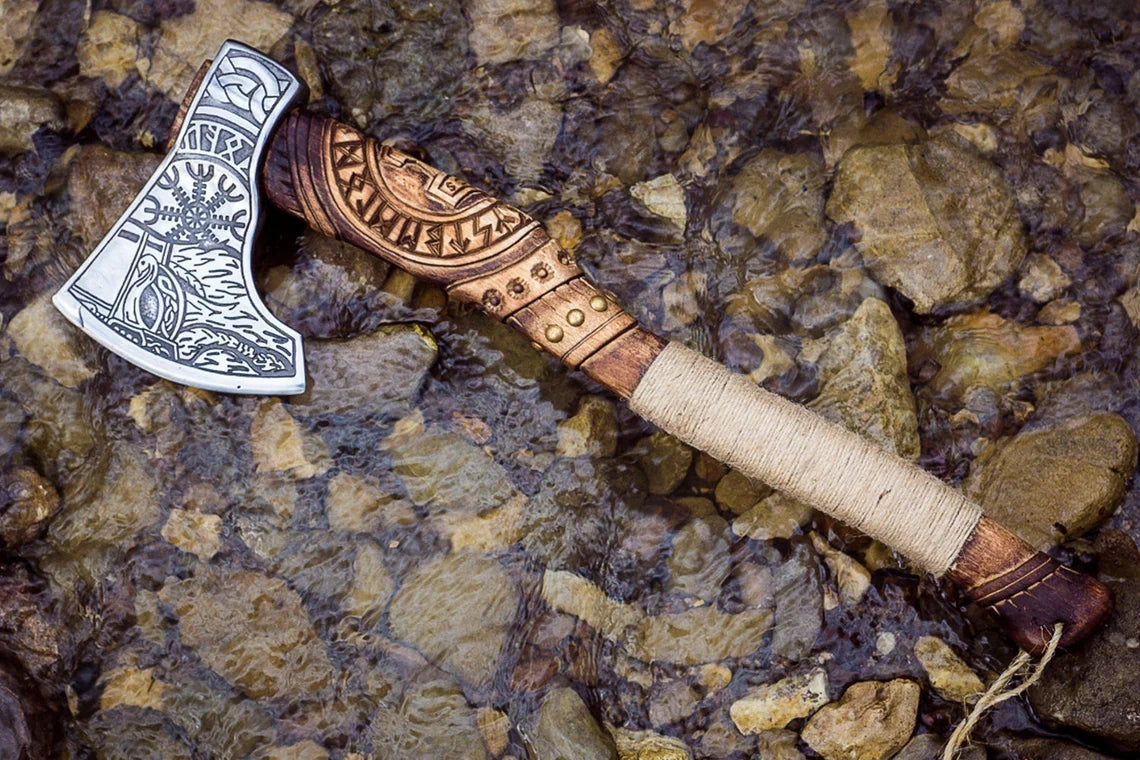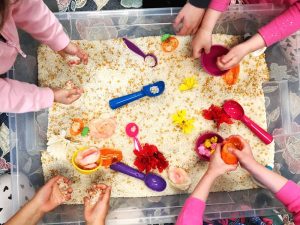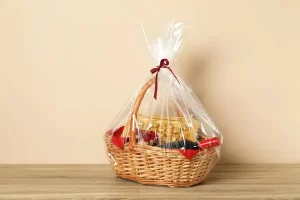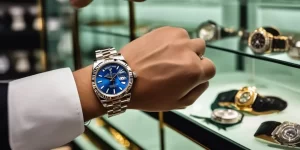
Introduction: Viking battle axes were formidable weapons crafted with meticulous attention to detail and using locally available materials. This case study explores the key materials and construction techniques employed by vikingská sekera blacksmiths in creating these iconic weapons.
- Material Selection: Case Study Objectives:
- Examine the primary materials used in crafting Viking battle axes.
- Understand the properties that made these materials suitable for weapon construction.
Findings:
- Viking blacksmiths primarily utilized high-quality iron or steel for the axe head, due to their strength and durability.
- Iron was more commonly used during the early Viking Age, while steel gained prominence later for its enhanced performance.
- The haft, or handle, was typically crafted from sturdy and resilient wood, such as ash or oak, to withstand the impact of combat.
- Forging and Heat Treatment: Case Study Objectives:
- Investigate the forging and heat treatment methods employed in shaping Viking battle axes.
- Analyze how these techniques contributed to the weapon’s effectiveness in combat.

Findings:
- Forging involved heating the raw materials in a forge and shaping the axe head using hammer blows on an anvil.
- Viking blacksmiths used various techniques like twisting, folding, and welding to refine the blade’s structure and improve its cutting edge.
- Heat treatment, including quenching and tempering, was crucial to harden the blade and enhance its resilience against wear and deformation.
- Design and Decoration: Case Study Objectives:
- Explore the design elements and ornamentation found on Viking battle axes.
- Assess the significance of decorative features in the cultural context of the Vikings.
Findings:
- Viking battle axes often featured elaborate designs and engravings on the blade, socket, and haft.
- Ornamentation typically depicted Norse mythology, runes, animals, or geometric patterns, reflecting the Vikings’ cultural beliefs and aesthetics.
- These decorative elements not only enhanced the weapon’s visual appeal but also served as symbols of status and personal identity for the wielder.
Conclusion:
The materials and construction of vikingská sekera showcase the skill and craftsmanship of Viking blacksmiths. The use of high-quality iron or steel, along with sturdy wood for the haft, ensured the axes’ effectiveness and durability in battle. Forging and heat treatment techniques further refined the blade’s structure, providing a sharp cutting edge and resilience. Additionally, the ornate designs and engravings on these weapons held cultural significance, reflecting the Vikings’ mythological beliefs and their unique identity as fierce warriors of the North.







